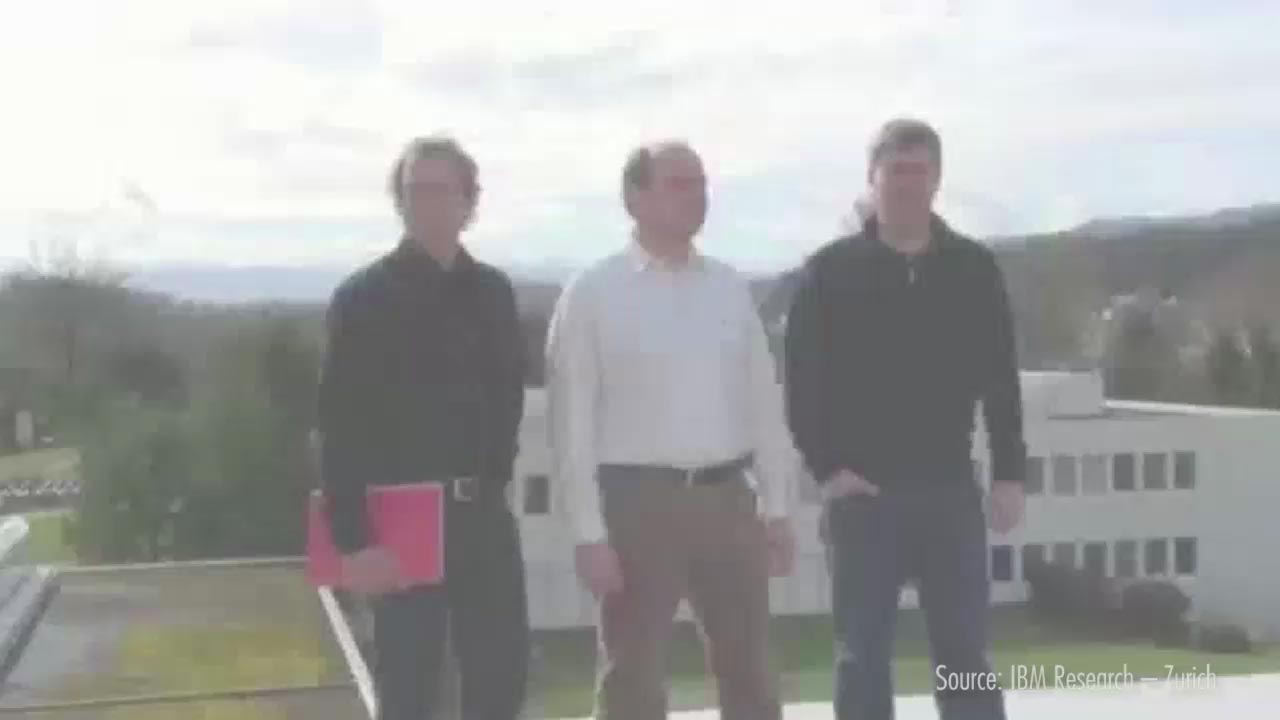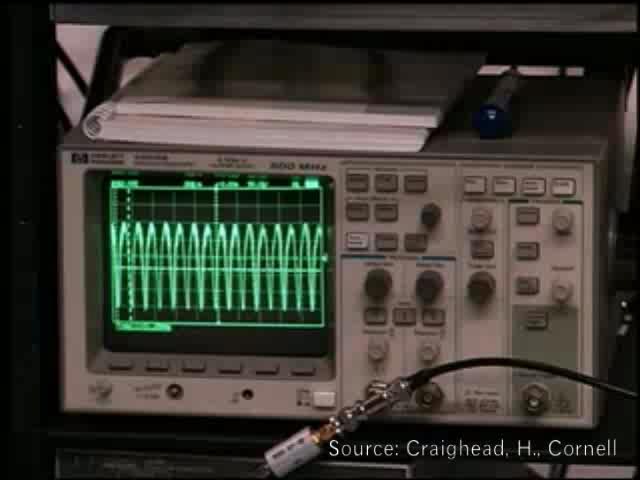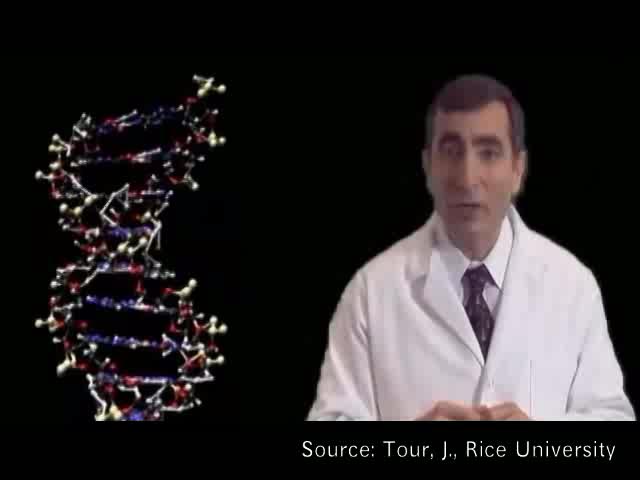Have you ever read one of those crazy headlines like “Scientists make world's smallest map!” or “Seasons greetings from the world's tiniest snowman?” I'm sure you have wondered why researchers would be taking the time to make a guitar the size of a red blood cell or create a car so small you can't see it. Building nano-sized objects shows in a fun way what nanotechnology can do. Learn more about the world's smallest maps, snowman, car, guitar, and Christmas card by exploring each headline further.
On April 25, 2010 IBM announced that it had created the world's smallest 3D map of the world. This map, etched on a polymer (plastic) substrate, measures 22 by 11 micrometers; at that size 1000 nano maps could fit on a grain of salt. The map also considers topographical details illustrating depth and height of mountains and lakes.
Two major discoveries were made by the IBM researchers in Zurich, Germany, Almadan, and California.
First was the instrument used to etch the map, a tiny, very sharp silicon needle, 500 nm in length and only a few nm in diameter at its tip. The tip is attached to a bendable cantilever (bar attached at only one end) that is precisely controlled as it scans the surface of the substrate material with 1 nm accuracy. Heat is created through electrical resistance at the tip to remove material and create shapes.
The second innovation was finding an appropriate substrate material that would evaporate at high temperatures but remain stable at room temperature. Two materials were found, a polymer with the crazy name of polyphthalaldehyde (used for the map) and molecular glass (used in another test).
The world's smallest snowman was unveiled in December of 2009 at the National Physical Laboratory (NPL) in London, England. The snowman was used to highlight NPL's capabilities to observe, manipulate, manufacture, and measure at the nanoscale while providing a novel season's greetings. This snowman was created from two tin beads measuring 10 micrometers across. Five of them could fit side-by-side inside a strand of your hair. The beads were bonded together with platinum deposited by an ion beam (a beam of charged particles). The eyes and smile were drilled using a focused ion beam while the nose, a mere 1000 nanometers wide, is made of more deposited platinum. All the pieces were positioned together through nanomanipulation using scanning electron microscopy. The snowman himself is mounted on the silicon cantilever from an atomic force microscope. NPL had some fun making frosty while illustrating the advancement of nanoscience instrumentation and tools.
This guitar won't be heard on the radio, but it is famous for being the smallest one ever made. In the summer of 1997, at Cornell University's nanofabrication facility in New York, Dustin Carr built a nano size guitar. This guitar is 10 microns long from base to top, basically the size of a red blood cell. It has 6 suspended strings that are each 50 nanometers wide. It is made out of silicon, the second most abundant element in the earth's crust. A single crystal of silicon was carved using a process known as electron beam lithography. The silicon was coated with a thin film of a material known as resist. Resist reacts with the electron beam to become soluble and allowing it to rinse away leaving behind the predetermined pattern, in this case a guitar.
In September of 2005, researchers at Rice University designed and built the world's first nanocar. This “car “ has a central axle connected in an I shape to a front and back axle. On either end of the front and back axle are attached “wheels” are made of buckyballs. A buckyball is a spherical, 60 carbon molecule and was discovered at Rice University in 1985. The length of the car is around 3 nm and the width is around 2 nm. This is slightly smaller than the width of a DNA molecule (at 2.5 nm). It was found that the car had more resistance when forced sideways as opposed to being pushed forward or pulled back. This proved that the buckyball wheels actually spun with the axles and didn't just slide. It also ran more smoothly on a surface that was heated (as high as 200 degrees Celsius) versus a room temperature road. The synthesis and testing of nanocars provides insight into the investigation of bottom-up manufacturing. Bottom-up means building molecule by molecule to create larger more complex nanostructures.
The world's smallest Christmas card was introduced in December of 2010 by scientists at the University of Glasgow. The card measures 200 micrometers wide by 290 micrometers tall. At this size, 8000 of these cards could fit on one postage stamp! The fabrication of this card illustrates how accurate the University's nanofabrication technology is. The card was etched onto a tiny piece of glass and the colors were added by a procedure called plasmon resonance. The electronics industry is taking advantage of nanofabrication technology and could eventually find their way into your cameras, television, and computer screens.




